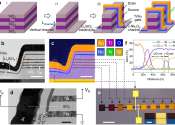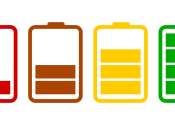Low-power vertical neurotransistors emulate dendritic computing of neurons
An important avenue for information processing, especially at the edge of limited resources, is to develop neuromorphic devices with functions similar to biological neural networks.
Nov 1, 2023
0
86








